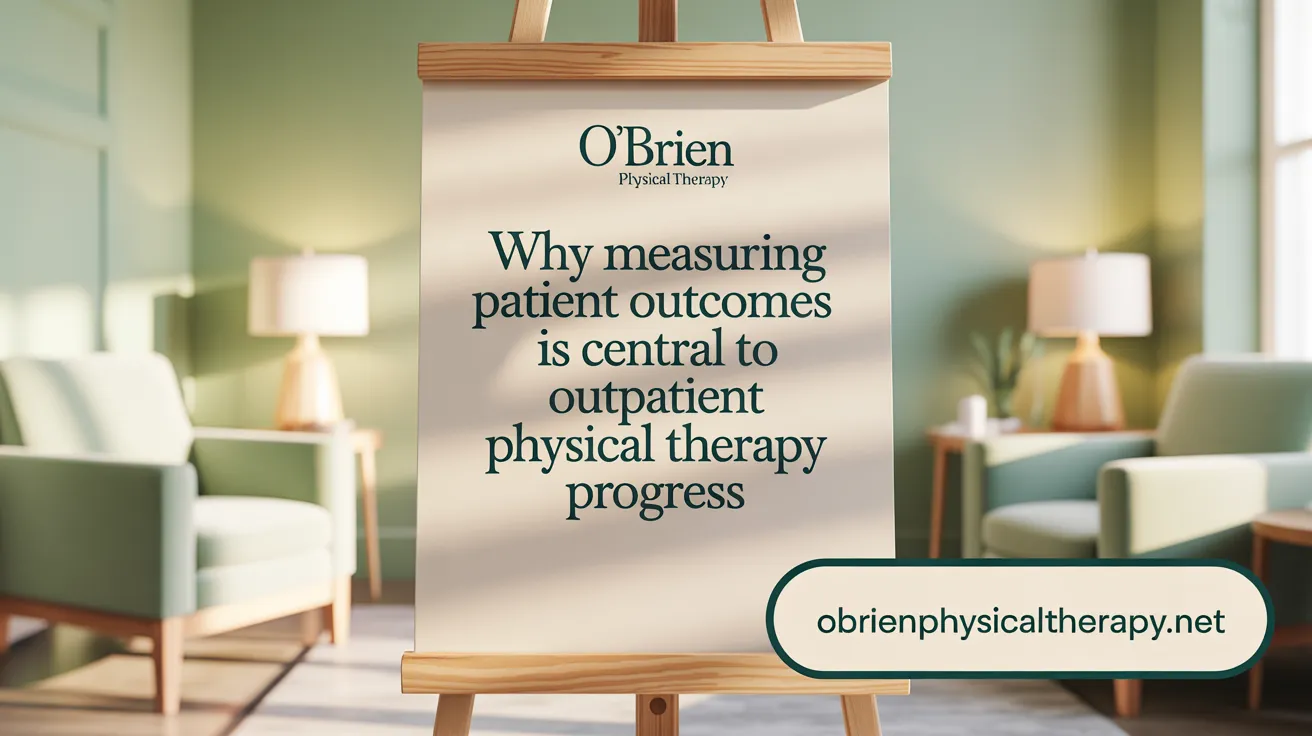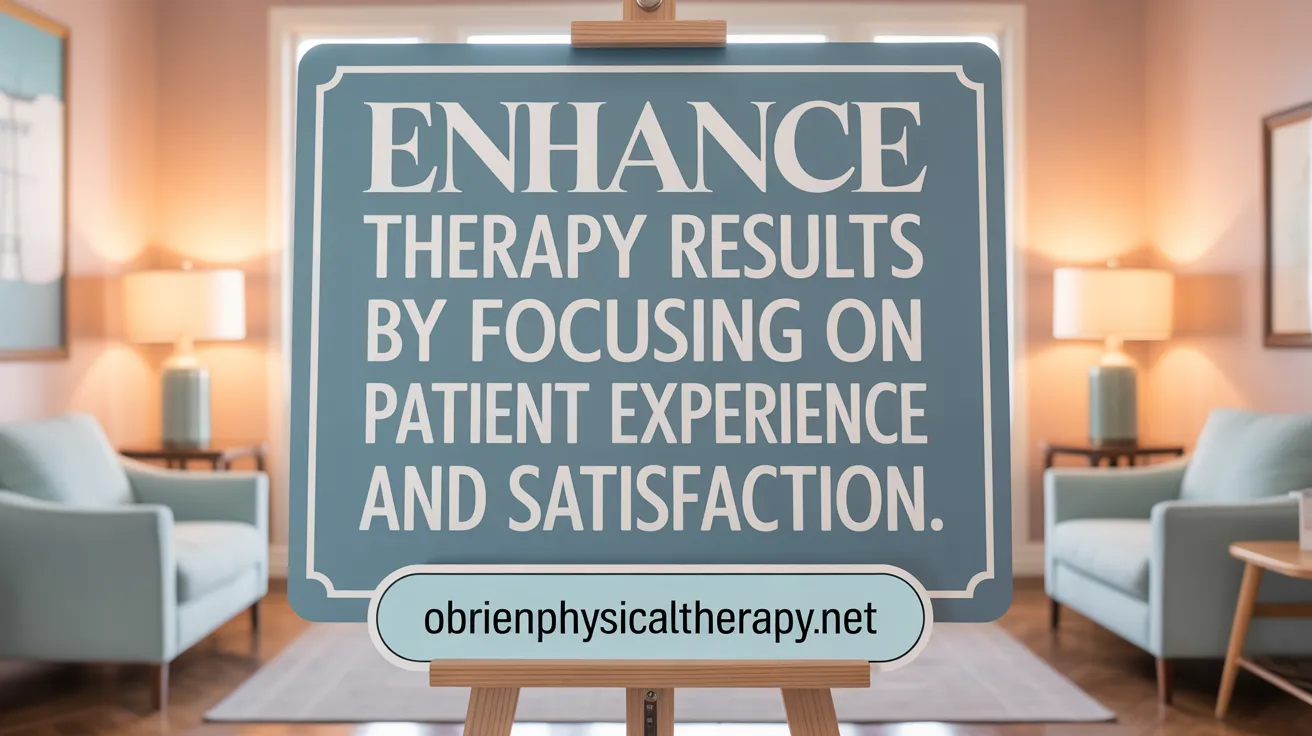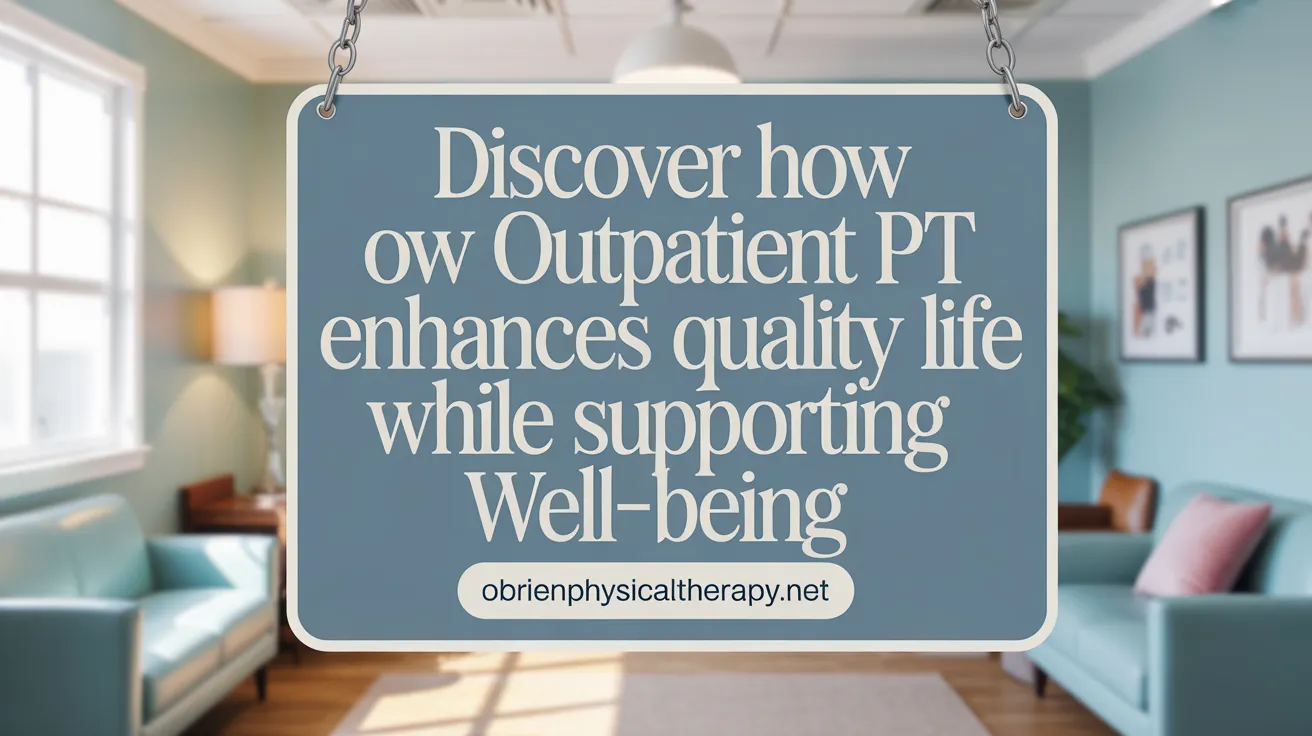Understanding Patient Outcomes in Outpatient Physical Therapy
Outpatient physical therapy plays a vital role in helping patients recover from injury, surgery, or illness by restoring function, mobility, and independence. With increasing emphasis on patient-centered care and evidence-based practice, research has explored how patient experiences, baseline factors, and therapeutic interventions influence clinical outcomes. This article synthesizes key findings from recent studies to provide a comprehensive overview of what the evidence reveals about patient outcomes in outpatient physical therapy, highlighting measurement approaches, effectiveness, and the broader economic and health impacts.
The Core Goal and Importance of Measuring Patient Outcomes

What is the goal of outpatient physical therapy?
Outpatient physical therapy aims to help patients recover from injuries, surgeries, or illnesses that affect their ability to move and perform daily activities. Its goal is to restore strength, coordination, balance, and range of motion, enabling patients to regain independence. Treatment plans are tailored individually and may include exercises, manual therapy, and modalities like heat or electrical stimulation.
Preventing further injury or disability is also a key focus. Therapists work to manage symptoms and support patients in returning to work or recreational activities. This form of therapy often forms part of a broader outpatient rehabilitation program, which might include occupational or speech therapy based on patient needs. Overall, the primary purpose is to improve quality of life by supporting functional recovery, allowing patients to live independently at home while continuing care.
Why are patient outcomes important in outpatient physical therapy?
Patient outcomes are vital because they directly measure how effectively therapy helps patients heal, improve function, and enjoy long-term health benefits. Positive outcomes lead to satisfied patients who are more engaged and motivated to follow their treatment plans. When outcomes improve, there's often a reduction in complications, readmissions, and the need for additional medical interventions.
Healthy outcomes also benefit healthcare providers by enhancing their reputation and financial sustainability, especially under models that reward quality improvements. Moreover, focusing on outcomes supports a patient-centered approach, emphasizing good communication and personalized care. Incorporating technology and regular progress monitoring ensures that therapy remains relevant and effective. Ultimately, good patient outcomes ensure that therapy addresses immediate health concerns while promoting overall well-being and preventing future issues.
| Aspect | Description | Additional Details |
|---|---|---|
| Goal of outpatient PT | To restore physical function and independence | Includes exercises, manual therapy, and symptom management |
| Importance of outcomes | Reflects treatment effectiveness and improves patient engagement | Contributes to healthcare quality and long-term health |
| Role of measures | Use PROMs and PREMs to assess patient experience and outcomes | Guides treatment, identifies care gaps, and informs continuous improvement |
Understanding and measuring patient outcomes in outpatient physical therapy is essential for ensuring high-quality, patient-centered care. It helps identify what works well, highlights areas for improvement, and supports ongoing research and practice refinement.
Patient Experience and Its Measurement: Enhancing Clinical Outcomes

What is known about the relationship between patient experiences, clinical outcomes, and therapy interventions in outpatient physical therapy?
Research shows a clear link between patient experience and treatment success in outpatient physical therapy. Tools called Patient Reported Experience Measures (PREMs) effectively capture what patients actually went through and if their needs were met. These measures can reveal aspects of care—like communication, respect, and emotional support—that influence patient perceptions.
Studies indicate that better patient experiences contribute to improved clinical results. For example, a strong positive correlation (r = .741, p < .001) exists between patient satisfaction and perceived success of therapy, showing that when patients feel listened to and supported, they tend to achieve better outcomes.
Factors that boost patient experience include the timely start of therapy, lower out-of-pocket expenses, and fewer appointment cancellations. Incorporating PREMs into routine care helps identify areas needing improvement, fostering a more patient-centered approach. Although further validation of these measures is necessary, current evidence supports their role in enhancing treatment effectiveness.
By focusing on patient experience alongside traditional clinical measures, physical therapists can better tailor interventions to meet individual needs, ultimately leading to more effective and satisfying care.
Impact of Baseline Patient Factors and Outcome Measures on Treatment Effectiveness
How do baseline patient factors, satisfaction, and the use of outcome measures like PROMs impact treatment results in outpatient physical therapy?
Baseline patient characteristics, including demographics, health status, and comorbidities, play a significant role in influencing how patients respond to outpatient physical therapy. For example, patients with certain conditions or additional health issues may experience different levels of improvement. Data from large-scale studies indicate that factors like payer type, BMI, and smoking status can directly affect patient-reported outcomes (PROs), making it essential for clinicians to consider these variables when planning treatment.
Patient satisfaction and experience, often assessed through patient-reported experience measures (PREMs), offer valuable insights into care quality. While they do not directly measure physical improvement, positive patient experiences—such as good communication and emotional support—are linked to higher adherence levels and engagement, which can enhance treatment outcomes.
The use of Patient Reported Outcome Measures (PROMs) enables clinicians to monitor pain levels, functional status, and overall health progression. Regular PROM assessments support shared decision-making, help set realistic treatment goals, and allow timely modifications to therapy plans, ultimately improving clinical effectiveness.
Evidence shows that integrating these measures not only guides care but also helps identify specific areas needing improvement. This comprehensive approach fosters a patient-centered environment that encourages active participation and improves the likelihood of successful treatment.
In summary, considering baseline patient factors, satisfaction scores, and outcome measures like PROMs and PREMs creates a holistic view of patient progress. This approach enhances the quality of care and optimizes treatment results in outpatient physical therapy.
Evidence on Effectiveness, Efficiency, and Quality of Outpatient Physical Therapy Care

What evidence supports the effectiveness, efficiency, and quality of outpatient physical therapy care?
The use of quality indicators (QIs) is a primary way to gauge the effectiveness, efficiency, and overall quality of outpatient physical therapy. These indicators help track adherence to clinical standards, inform decision-making, and evaluate patient outcomes.
Implementing QIs in practice has been linked to improved health results. For example, initiatives focused on conditions like low back pain, stroke, and lipid management have shown that systematic measurement enhances care quality and consistency.
Research comparing different outpatient settings reveals that hospital outpatient clinics often produce better functional outcomes than private practices. Patients in hospital-based settings usually attend fewer therapy sessions while still achieving significant improvements.
Factors such as advanced therapist training through fellowships or specialized education programs significantly influence outcomes. Therapists with specialized training tend to achieve greater patient improvements, often reaching or exceeding minimal clinical important differences (MCIDs).
Organizational support and a culture that promotes evidence-based practice further improve patient care quality. Consistent data collection, including patient-reported outcome measures (PROMs) and experience measures (PREMs), supports continuous improvement.
Overall, accumulating evidence suggests that integrating structured quality measures, optimizing therapist expertise, and applying data-driven practices lead to superior outpatient physical therapy results. These improvements benefit patients by achieving better functional recovery efficiently while maintaining high care standards.
Economic and Health Benefits of Outpatient Physical Therapy: A Comprehensive View

What are the economic and health benefits associated with outpatient physical therapy?
Outpatient physical therapy provides notable economic savings and health improvements. For example, studies show that treatment can save thousands of dollars per condition, such as low back pain, carpal tunnel syndrome, and urinary incontinence. These therapies significantly enhance patients' quality of life by promoting recovery and functionality.
One major advantage is the potential to cut healthcare costs by decreasing the need for costly surgeries, extended hospital stays, and long-term medication use, including opioids. Physically, therapy boosts strength, flexibility, and mobility, which aids in recovery and helps prevent future injuries or falls.
Beyond cost savings, physical therapy benefits chronic disease management—conditions like COPD, MS, and Parkinson’s disease can be better controlled through tailored interventions. The emphasis on patient education, self-management, and personalized care makes outpatient physical therapy a safe, adaptable, and economical healthcare option.
What research findings summarize patient-centered outcomes in outpatient physical therapy?
Research in outpatient physical therapy stresses the importance of assessing outcomes that are meaningful to patients. Standardized tools like the Timed Up and Go (TUG) and WOMAC indices help track individual recovery progress, allowing therapists to customize treatments.
Innovative approaches, like 'people-like-me' reference charts, enable real-time comparisons to similar patients. This helps set realistic expectations and supports shared decision-making.
Measuring patient experience using validated Patient-Reported Experience Measures (PREMs) reveals care quality and can directly relate to better clinical results. Capturing these outcomes ensures therapy is both effective and aligned with patient preferences.
Integrating outcome measures and patient experience data promotes personalized care, leading to improved recovery and satisfaction. Overall, these research findings highlight the value of a patient-centered approach to optimize outcomes in outpatient physical therapy.
Wrapping Up: Implications for Practice and Future Research
The body of research on outpatient physical therapy clearly demonstrates that a multifaceted approach—incorporating patient experience, baseline factors, robust outcome measurement, and provider expertise—yields the best patient-centered results. Evidence underscores the critical role of validated PROMs and PREMs in enhancing clinical effectiveness and patient satisfaction. Advanced training, especially fellowship education for therapists, correlates with improved functional outcomes and treatment efficiency. Economic analyses affirm that outpatient therapy reduces costs while improving quality of life and preventing readmissions. Yet, opportunities remain to refine patient experience measures and understand complex patient-provider interactions better. Clinicians and health systems are encouraged to embrace evidence-based practices while fostering patient engagement to maximize treatment success and advance the quality of outpatient physical therapy.
References
- Why Measure Patient Experience in Physical Therapy? - PMC
- Patient-defined desired outcome, success criteria, and expectation ...
- APTA, Alliance for Physical Therapy Quality and Innovation Report ...
- Therapy Outcomes in Post-Acute Care Settings: Study Summary
- Assessing quality of health care in the context of patient satisfaction ...
- Evidence‐based practice improves patient outcomes and healthcare ...
- Associations Between Treatment Processes, Patient Characteristics ...
- The Impact of Physical Therapy Residency or Fellowship Education ...
